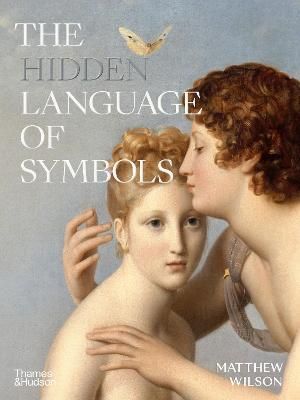Wilson Matthew
autor
The Hidden Language of Symbols
A stimulating narrative and reference resource that guides the reader through the most significant symbols from worldwide art history.
Why do we reach for the red rose on Valentine's day? Where did the owl gain its reputation for wisdom? Why should you never trust a fox? In this visual tour through art history, Matthew Wilson pieces together a global visual language enshrined in art: the language of symbols.
Symbols exert a strong hold in the image-saturated 21st century, and have done so for thousands of years. From national emblems to corporate logos and emojis, our day-to-day lives abound with icons with roots in the distant past. Expert art historian Matthew Wilson traces the often surprising trajectories that symbols have taken through history, from their original purposes to their modern meanings, identifying the common themes and ideas that link seemingly disparate cultures. Thus we meet the falcon as a symbol of authority from the ancient Egyptian pharaohs to the medieval aristocracy; the dog as stalwart companion from the classical era to the Renaissance; and the mythical phoenix as a symbol of female power connecting a queen in England with a goddess in China. We also see moments of radical reinterpretation and change: the transformation of the swastika from an auspicious symbol of hope to one of hate.
From Palaeolithic cave paintings to contemporary installations, Wilson deftly guides us through this world of symbols, showcasing their enduring ability to express power, hope, fear and faith, and to create and communicate identities, uniting - or dividing - the people that made them.
Symbols in Art
Iconography, the study of symbols - be they animals, artefacts, plants, shapes or gestures - is an essential element of art history.
This guide unravels over fifty of the most common and intriguing visual symbols from across the globe from 2300 BCE to the present day. While symbols cross dialects and national boundaries, their meanings can vary and are often culturally specific. The snake, an object of fascination and mysticism in Aztec culture, usually represents sin in the west. Yinka Shonibare's Last Supper (2013) plays on the grapevine's historic associations to satiric and startling effect.
Matt Wilson explores symbolism's subtle implications and overt and covert meanings, providing an indispensable tool for interpretation. A reference section includes suggestions for further reading and a glossary of art and historical terms.
Vypredané
13,25 €
13,95 €




